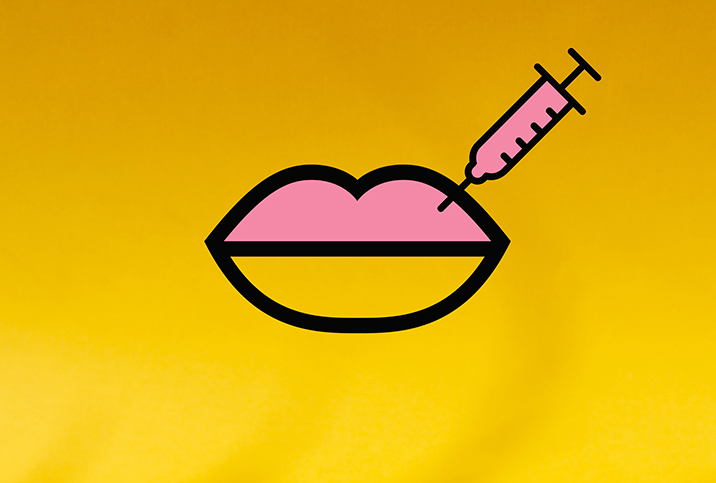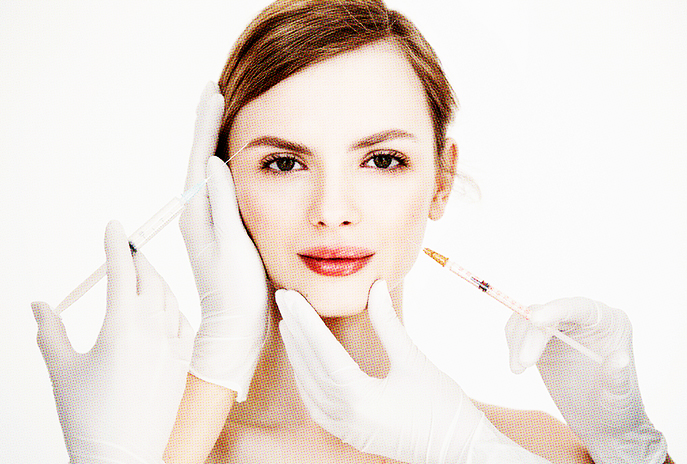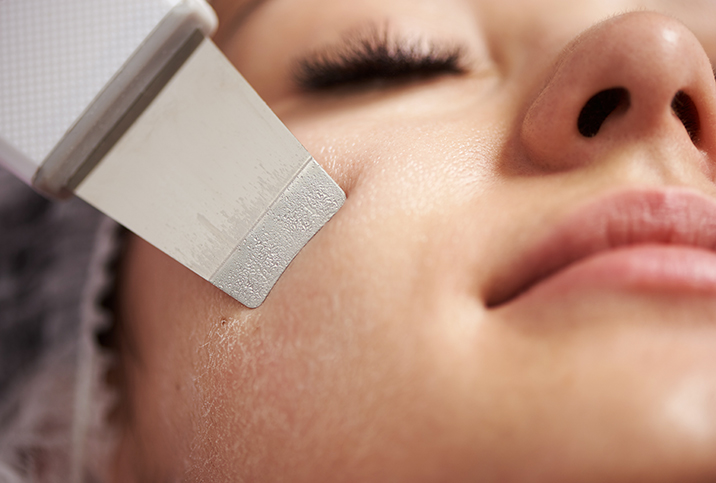Botox: Myths & Misconceptions

Botox injections are one of the most popular cosmetic procedures among people looking for an anti-aging remedy that eliminates wrinkles.
Botox is a protein-based substance extracted from botulinum toxins produced by the Clostridium botulinum bacterium. First approved by the Food and Drug Administration (FDA) for medical procedures in 1989, Botox was approved as a safe cosmetic product in 2002. Botox injections consist of a toxin called the botulinum toxin (aka Botox), a family that includes, among others, onabotulinumtoxinA, which is used to temporarily prevent a muscle from moving.
Botox users should ensure that the practitioner administering the Botox injection is fully licensed, experienced and highly recommended by medical professionals.
Like most beauty products, Botox is surrounded by myths and misconceptions that require some debunking. Let's reveal the facts.
Myth: There is no medical value to Botox.
Reality: Initially, the FDA approved Botox as a remedy to treat muscle spasms and flickering eye syndrome. Today, physicians prescribe Botox as a means to treat various medical conditions, including hyperactive bladder, migraines, abdominal pains, TMJ (temporomandibular joint) conditions, strabismus and hyperhidrosis.
Myth: Botox injections hurt.
Reality: Botox injections should only be administered by trained professionals who take their time with the injections to ensure that the patient experiences only mild discomfort. The needle leaves no marks, discoloration or scarring on the face. The syringes used to administer Botox injections are extremely thin to ensure minimal pain and administration of small doses. A special numbing cream can also be applied to inhibit pain completely.
Myth: Botox results are instant and permanent.
Reality: The truth is one Botox injection is not enough to produce the desired results. A patient may require multiple sessions, and it could be five days before the products begin to show any effects, and up to two weeks for the full results to take effect. Botox effects are subtle, because when the drug is injected into the skin, it reduces muscle movements through relaxation and prevents further wrinkling, giving the skin time to straighten out. The procedure’s effects are temporary and require follow-up sessions every three to six months to maintain the desired results.
Myth: Only women use Botox.
Reality: Women and men can benefit from Botox injections, and those advantages extend to both young and older patients. As a cosmetic product, Botox is not used solely to treat wrinkles; it is also used to prevent new wrinkles and facial lines from appearing. While older patients get Botox injections to look young, younger patients use Botox injections as a preventive measure to slow down the aging process. Botox injections can stop the formation of wrinkles, requiring minimal treatments for younger patients in the future.
Myth: Botox causes withdrawal symptoms.
Reality: Botox is 100 percent free of any addictive properties. People who rely on Botox injections do so to treat their medical conditions. When a person stops getting Botox treatments, the Botox effects wear off, causing the facial wrinkles and lines to return to their natural state, but they do not become worse than before the start of the treatment.
Botox injections are safe and reliable, and will help people have a more youthful appearance. Despite the myths and misconceptions, the most important takeaway is to only trust a trained and licensed medical practitioner to administer Botox injections properly.


















